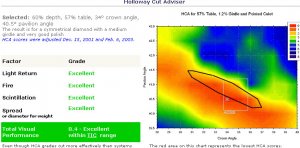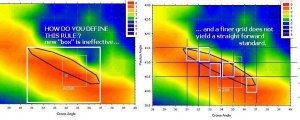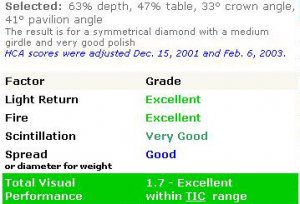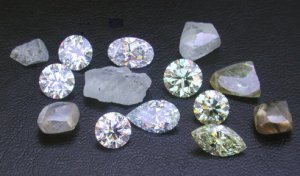- Joined
- Aug 15, 2000
- Messages
- 19,099
Rap news
AGS Introduces Fancy Cut Grading System
By RapNews Posted: 9/14/2004 9:09 AM
(Rapaport…September 14, 2004) The American Gem Society has announced that it will launch a new fancy-cut diamond grading system in the first quarter of 2005 and will also modifiy its existing round brilliant cut-grading scale. These changes take place after five years of research and the introduction of new technology which uses three-dimensional imaging and optical ray tracing to evaluate a diamond''s cut.
The first fancy cut to be graded by the AGS will be the popular square princess cut, and more cuts are expected to be added later in 2005. With regards to the round brilliant cut grading scale, although the methodology for determining potential AGS Zeroes has changed, the AGS standards do remain the same, as does the AGS zero-to-10 scale. AGS Triple Zeroes will continue to designate an ideal grade, but the new subcategories now will include light performance, proportion factors and finish. The new cut-grade system allows for a net increase of 37 percent for potential round brilliant AGS Zeroes.
Diamond Quality Documents incorporating the changes in the diamond grading scale for square princess and round brilliant cuts will be available during the first quarter of 2005 and in the middle of that year, AGS members will have the opportunity to acquire software and training to perform their own cut analysis.
AGS Introduces Fancy Cut Grading System
By RapNews Posted: 9/14/2004 9:09 AM
(Rapaport…September 14, 2004) The American Gem Society has announced that it will launch a new fancy-cut diamond grading system in the first quarter of 2005 and will also modifiy its existing round brilliant cut-grading scale. These changes take place after five years of research and the introduction of new technology which uses three-dimensional imaging and optical ray tracing to evaluate a diamond''s cut.
The first fancy cut to be graded by the AGS will be the popular square princess cut, and more cuts are expected to be added later in 2005. With regards to the round brilliant cut grading scale, although the methodology for determining potential AGS Zeroes has changed, the AGS standards do remain the same, as does the AGS zero-to-10 scale. AGS Triple Zeroes will continue to designate an ideal grade, but the new subcategories now will include light performance, proportion factors and finish. The new cut-grade system allows for a net increase of 37 percent for potential round brilliant AGS Zeroes.
Diamond Quality Documents incorporating the changes in the diamond grading scale for square princess and round brilliant cuts will be available during the first quarter of 2005 and in the middle of that year, AGS members will have the opportunity to acquire software and training to perform their own cut analysis.













300x240.png)